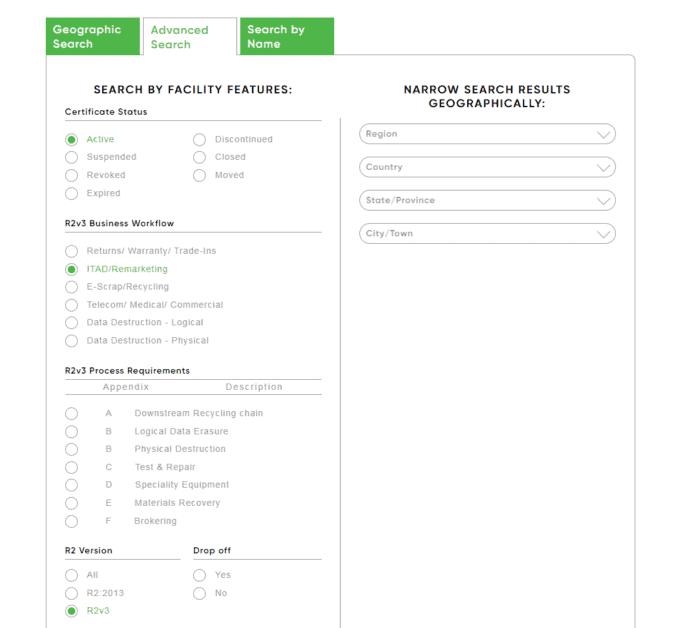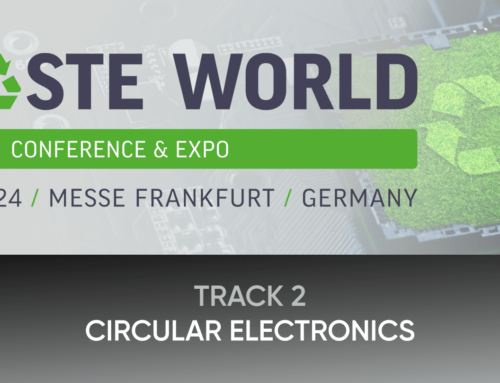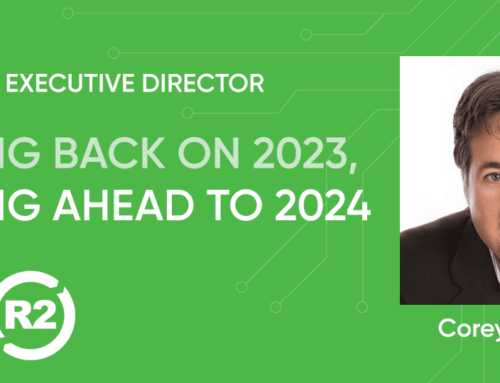From computers to smartphones to tablets, monitors, servers, routers, printers, POS systems, and other electronics, today, nearly every organization around the world uses technology every day. And every few years, older or broken devices are upgraded for newer models. This means that there are always old devices for an organization to figure out what to do with.
This process of disposing of old IT assets is called IT Asset Disposition, or ITAD, and for most organizations, this function is primarily only thought of as an inconvenience. Somewhere in the company, someone sets a tech refresh timeline, usually based on a depreciation or warranty schedule, and consequently, there are old IT assets that need to be moved out. Along the way, organizations have become accustomed to receiving some remarketing dollars in return, so minimizing cost and maximizing value tend to be the primary drivers of the decisions made with these old devices.
The problem is, that outdated model for ITAD isn’t sustainable for a whole host of reasons. Approaching ITAD in this oversimplified way often leads to making riskier decisions. It ignores many other organizational priorities, including meeting ESG and sustainability goals and protecting the brand equity that takes so long to build but only one small misstep to destroy.
To better educate organizations, SERI is promoting the concept of Sustainable ITAD, challenging decision makers and influencers to rethink their approach to handling IT assets and showing how the ITAD function can actually support other organizational priorities.
Practicing Sustainable ITAD requires balanced decisions that consider the profit, as well as the people and the planet. It means rethinking the timing and drivers of upgrade cycles, choosing repair over replacement, organizing thoughtful collections that maximize reuse, making sure all administrative locks are off, and then ultimately, making decisions with who will handle old IT assets and what they will do with them.
One of the key principles of sustainable ITAD is making choices that allow devices to be reused. By most estimates, 80%+ of the carbon impact of electronics is created before a device is ever taken out of the box for the first time. So, decisions that limit reuse work directly against sustainable ITAD. For example, requiring physical destruction to protect against all potential data breaches rather than allowing logical data wiping forces new devices to be manufactured and increases the carbon footprint of electronics. Whereas prioritizing reuse not only reduces their carbon footprint, it can also create opportunities for social good. Used electronics can help bridge the digital divide, and there are many schools and business startups that could really benefit from technology that’s just a few years old.
It’s easy to make sustainable decisions with high-value devices because there’s money to be made all around. But what about the older, lower-value devices and the broken electronics that may cost more to test and repair than they are worth? Doing the right thing with these devices may actually cost money. Sustainable ITAD requires doing the right thing with all devices, even if there’s a negative return on some devices.
Choosing a partner that aligns with sustainable ITAD goals is critical because while every potential partner will say they do the right things, the reality is not everybody does. There are plenty of corners that can be cut to squeeze a little more value out of old assets, and while those decisions may increase profits, they also significantly increase the risk to the brand and bottom line.
So, how does an IT Asset Manager gain confidence that they are working with one of the “good guys” vs a vendor who is just dabbling in ITAD or someone who is going to take short cuts along the way? Organizations can and should do their due diligence and really vet potential ITAD partners. They should visit current vendors and even do an unannounced spot check here and there. But the easiest way to feel confident in an ITAD partner is to work with an R2 Certified vendor, and the best way to maximize environmental and social good is to work with one that specializes in Sustainable ITAD – that is a facility certified to R2v3 with Appendix B (logical data sanitization) & Appendix C (test and repair), because R2v3 was built for Sustainable ITAD.
With R2 Certification, customers don’t just have to take a vendor’s word that they adhere to global best practices for protecting the environment, the health and safety of workers, and the communities they operate in. They don’t have to guess that a vendor is working toward a Circular Economy by prioritizing reuse over recycling and testing and repairing devices destined for a next life. And they don’t have to wonder if their partner is taking the appropriate steps to sanitize any data that’s left on devices because R2 Certified facilities are independently audited to demonstrate that their actions are consistent with the best practices of the R2 Standard.
Clearly, there’s a lot to rethink when making the shift from ITAD to Sustainable ITAD, but in the end, it’s really just a handful of small decisions that can shift your ITAD to Sustainable ITAD. Working with partners Certified to R2v3 for Sustainable ITAD makes it that much easier. Learn more the Journey to Sustainable ITAD.
How to find a Sustainable ITAD Vendor in the R2 Directory

To find an R2 Certified facility that specializes in Sustainable ITAD, check the ITAD/Remarketing R2 Business Workflow on the Advanced Search tab on our R2 Facility Search Tool.





